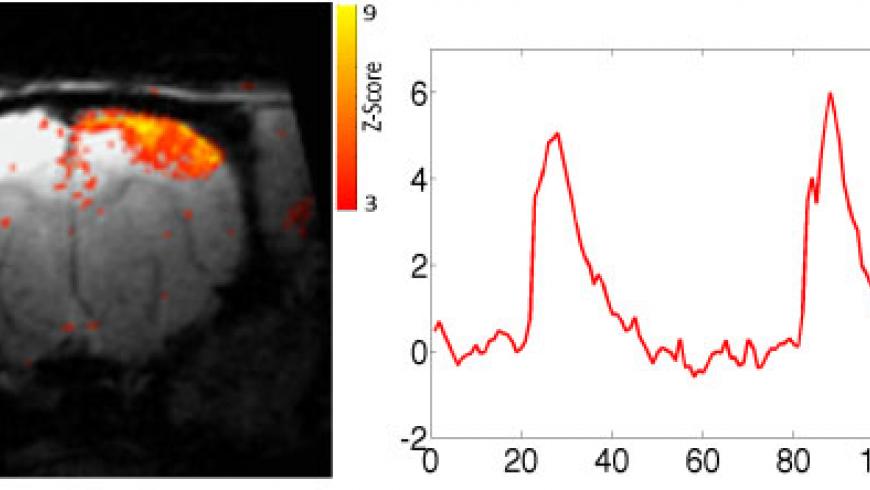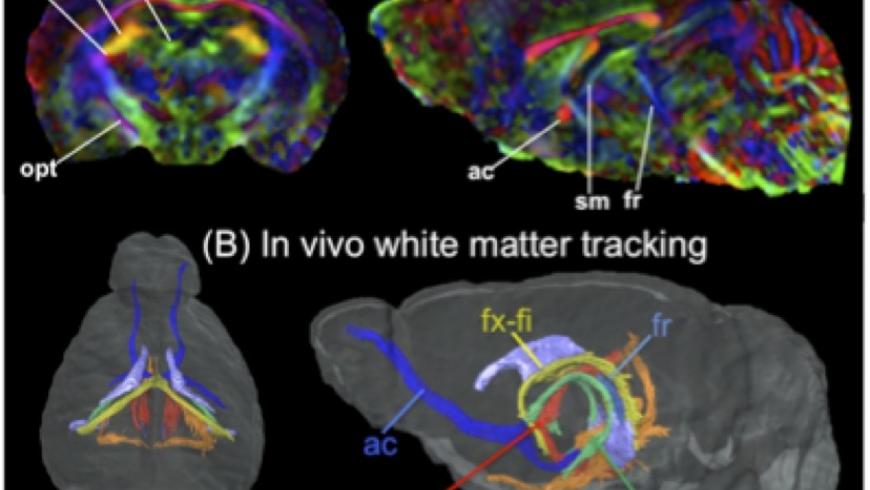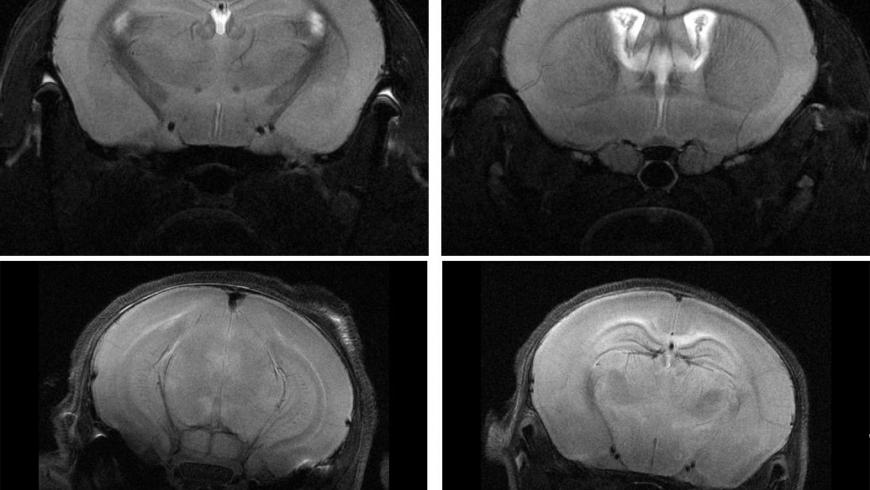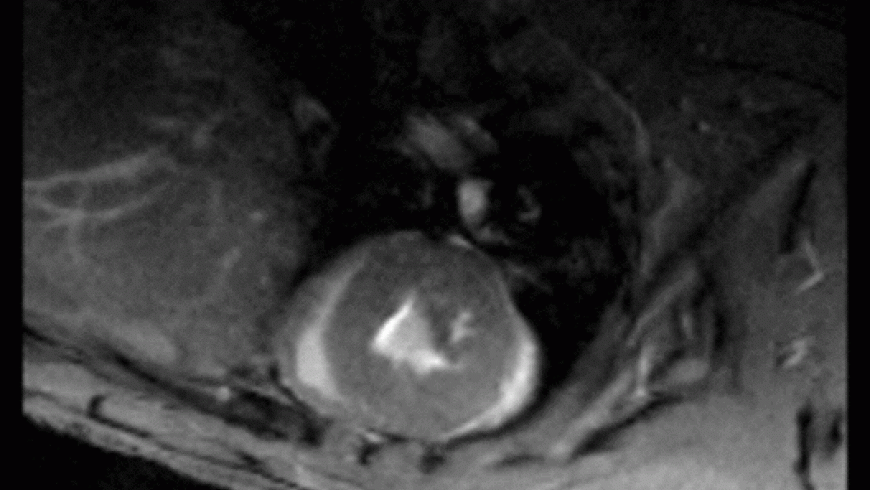Rodents provide the most commonly used disease models for translational MRI research. At the Center we develop innovative animal MRI techniques that are first optimized on these models and later be translated to clinical practice and research. The investigators in F. M. Kirby Research Center utilize the high field animal MRI scanner (11.7 and 17.6 Tesla ) to develop and apply advanced MRI techniques such as diffusion tensor MRI, susceptibility weighted imaging, fMRI, chemical shift imaging (CSI), heteronuclear spectroscopy, and parallel imaging.
The F.M. Kirby Research Center
- Donate
- Ways to Give
- About
- Careers
- Events
- Faculty+Staff
- Locations
- MyChart
- Donate
- I want to Show more
- Donate
- Ways to Give
- About
- Careers
- Events
- Faculty+Staff
- Locations
- MyChart
- Donate
- I want to Show more




